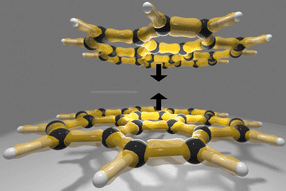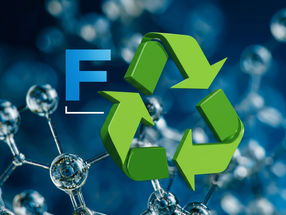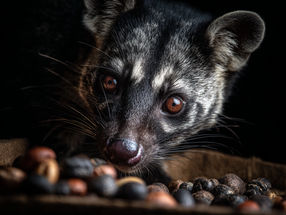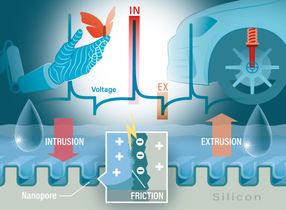Super-strong, high-tech material found to be toxic to aquatic animals
Carbon nanotubes hold promise for industry but need monitoring, say researchers
Advertisement
carbon nanotubes (CNTs) are some of the strongest materials on Earth and are used to strengthen composite materials, such as those used in high-performance tennis rackets. CNTs have potential uses in everything from medicine to electronics to construction. However, CNTs are not without risks. A joint study by the University of Missouri and United States Geological Survey found that they can be toxic to aquatic animals. The researchers urge that care be taken to prevent the release of CNTs into the environment as the materials enter mass production.
"The great promise of carbon nanotubes must be balanced with caution and preparation," said Baolin Deng, professor and chair of chemical engineering at the University of Missouri. "We don't know enough about their effects on the environment and human health. The EPA and other regulatory groups need more studies like ours to provide information on the safety of CNTs."
CNTs are microscopically thin cylinders of carbon atoms that can be hundreds of millions of times longer than they are wide, but they are not pure carbon. Nickel, chromium and other metals used in the manufacturing process can remain as impurities. Deng and his colleagues found that these metals and the CNTs themselves can reduce the growth rates or even kill some species of aquatic organisms. The four species used in the experiment were mussels (Villosa iris), small flies' larvae (Chironomus dilutus), worms (Lumbriculus variegatus) and crustaceans (Hyalella azteca).
"One of the greatest possibilities of contamination of the environment by CNTs comes during the manufacture of composite materials," said Hao Li, associate professor of mechanical and aerospace engineering at MU. "Good waste management and handling procedures can minimize this risk. Also, to control long-term risks, we need to understand what happens when these composite materials break down."
Most read news
Organizations
Other news from the department science

Get the chemical industry in your inbox
By submitting this form you agree that LUMITOS AG will send you the newsletter(s) selected above by email. Your data will not be passed on to third parties. Your data will be stored and processed in accordance with our data protection regulations. LUMITOS may contact you by email for the purpose of advertising or market and opinion surveys. You can revoke your consent at any time without giving reasons to LUMITOS AG, Ernst-Augustin-Str. 2, 12489 Berlin, Germany or by e-mail at revoke@lumitos.com with effect for the future. In addition, each email contains a link to unsubscribe from the corresponding newsletter.






























































